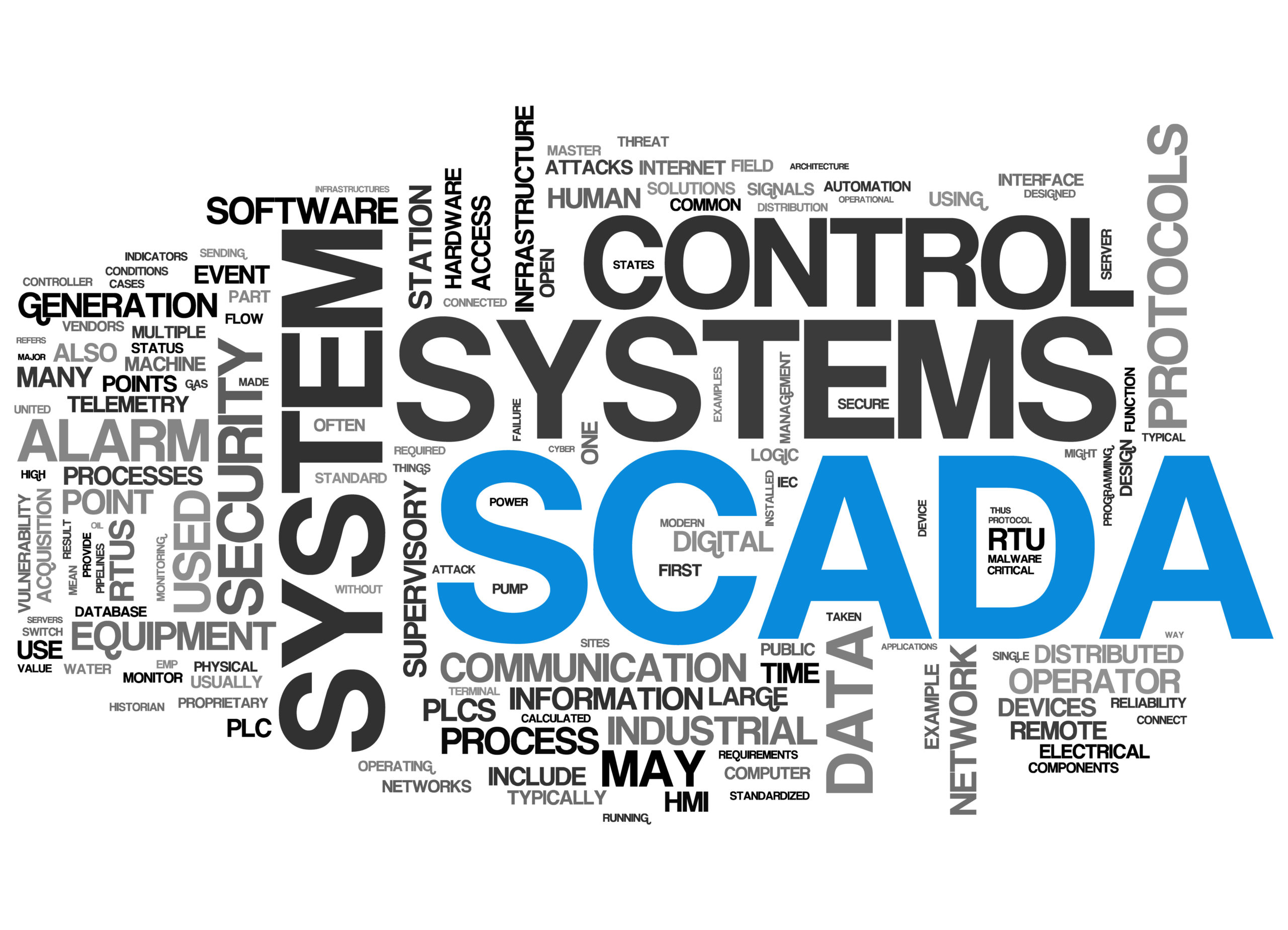Data, performance monitoring and remote equipment control are among the most-discussed concerns in manufacturing. These components are frequently mentioned as the backbones of Industry 4.0 and the Industrial Internet of Things (IIoT). This is for good reason — monitoring, data capture and analysis, and equipment control from anywhere are recognized as highly effective ways to improve facility and equipment productivity, performance, and efficiency.
Taking a step back, however, we can recognize that data analysis, process monitoring and centralized equipment control are not new technologies that have been ushered in with the IIoT. The technology and communication that today’s smart, connected machines enable certainly make those practices more effective and streamlined. The truth is, they have been a part of manufacturing and industry for years — and, in some regards, decades — in the form of SCADA.
What is SCADA?
The term SCADA (Supervisory Control and Data Acquisition) tells much of the story of what a SCADA system does, including:
- Monitoring of equipment processes and performance
- Data monitoring and collection
- Facilitation of data analysis and storage
- Remote control of equipment, devices, components and processes from anywhere
- Alerts and alarms when performance aberrations are detected
- Report generation
These aspects of a SCADA system enable numerous benefits to facility processes and productivity, in the form of the following:
- Real-time feedback on process performance
- Immediate detection and alert when performance or output falls outside acceptable parameters
- SCADA control for the ability to shut down or modify processes from anywhere, in response to performance changes
- A wealth of historical SCADA data with which to compare real-time data, creating a system that gets “smarter” and more effective over time
- Reduced product errors and discards, thanks to earlier problem detection and remedy
- Improved productivity, maximizing the effectiveness of machine uptime
- Maintenance benefits through the use of data and sensors — including more accurate diagnostics, more efficient maintenance processes, and the enablement of predictive maintenance
- Data-driven insights into equipment performance that can facilitate more accurate calibration, operation and decision-making
On the user side, SCADA systems are designed around intuitive, user-friendly visual interfaces that enable monitoring at a glance and action with just a few taps or presses of a button. There are no complex training requirements to use a SCADA interface. These processes can be implemented across an organization.
The benefits of SCADA control systems should now be more obvious. In the next section, we’ll look at the broad range of industries that draw upon this technology to reduce downtime, improve productivity, reduce material waste and create more efficient processes.
Who uses SCADA?
SCADA systems are used across an extremely wide cross-section of industries, further illustrating the utility and effectiveness of this technology. Key industries include, but are not limited to:
- Food and beverage manufacturing and processing
- Pharmaceutical and biotechnology/biotech
- Water and wastewater management
- HVAC and commercial building management
- Energy management
- Energy pipelines
- Sorting, handling and fulfillment
The specifics of each industry application may differ, but in each case, SCADA facilitates data collection and analysis, remote equipment monitoring and control, and more efficient processes. In the next section, we will examine how SCADA has evolved since its earliest forms.
The evolution of SCADA systems
From their earliest precursors in the 1950s, SCADA systems have come a long way to become the connected, real-time, user-friendly systems in use today. Below, we will look at the history and evolution of SCADA — from the days of mainframe computers to today’s tiny sensors and wireless connectivity:
- 1950s: Supervisory control via mainframes: The underpinnings of SCADA began in the 1950s, as industrial facilities started to scale and seek more efficient and automated methods of controlling numerous pieces of equipment. SCADA was not yet in use, but the 1950s saw the dawn of this technology by implementing remote, supervisory control through a combination of manual and automated technology such as timers and relays. Facilities began to recognize the potential of remote equipment control to maximize resources.
- 1960s: Greater accuracy through telemetry: At the same time that telemetry essentially made NASA missions to space and the moon possible, it was also becoming more widely used in industrial monitoring processes. It provided accurate, real-time data about equipment processes to remote locations for monitoring. Monitoring personnel were thus able to recognize problems and initiate remedies much more quickly — without the need to be on-site.
- 1970s: The advent of SCADA: The 1970s saw the first use of SCADA technology, as computing technology such as processors and PLCs grew smaller, more accessible and less expensive. This enabled greater integration with manufacturing equipment. These advances provided even better monitoring insight and more control over equipment from anywhere.
- 1980s: Greater connectivity and more access: At this point, you may notice that SCADA technology runs, in large part, in tandem with the expansion and evolution of computing technology, in general. During the 1980s, networking technology advanced to the point that monitoring and control became even more easily available. SCADA systems were able to be networked and connected with other systems — such as inventory, maintenance and ordering systems. This greatly expanded the utility of SCADA systems as they could be integrated with other processes — offering even broader benefits of data collection and analysis.
- 1990s – 2000s: Open-source architecture and increased networking: During the decades that the Internet became more of a household term, networking and connectivity advances continued for SCADA system More importantly, network architects began to realize the importance of systems that can easily “talk” to each other, leading to SCADA systems designed for “open-source” usage. These developments broke down barriers between the various systems in use in a facility, creating even greater efficiency benefits.
- 2010s, 2020s and beyond: Wireless connectivity, data analysis, global access and more: In the more recent past, SCADA technology saw many of the same benefits that we as consumers did — e.g., wireless access, ever-smaller components such as sensors, and true “anywhere, anytime” access via global connectivity. As ever-increasing amounts of data have been collected — with its importance well-recognized — this data has followed the open-source trend, no longer being limited to analysis and storage within the SCADA system. Today’s data can be stored, analyzed and acted upon via powerful SQL systems.
At ATS, we offer expertise in leveraging the benefits of SCADA and IIoT technology. We have decades of experience in system architecture, implementation and data analysis — combined with a dedication to the most cutting-edge technology and processes to keep our customers ahead of the curve for years to come. For more information about how we can help you achieve the benefits of SCADA, contact us today.






